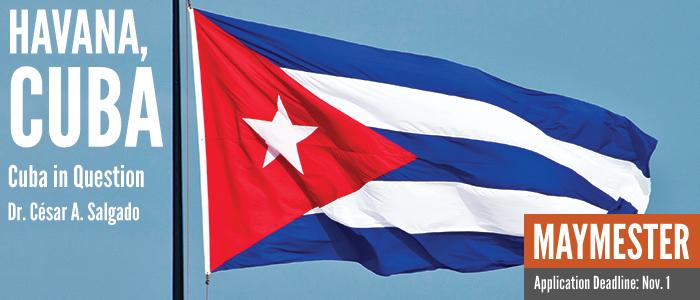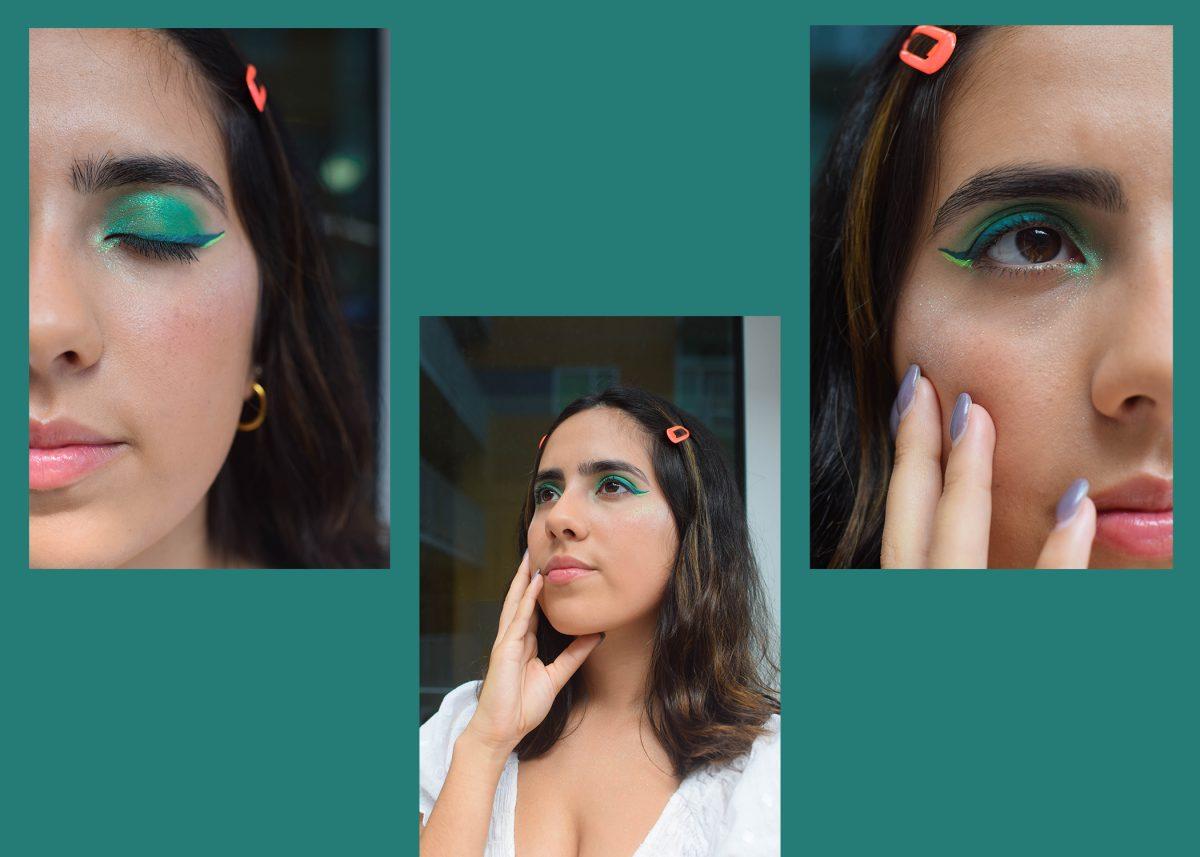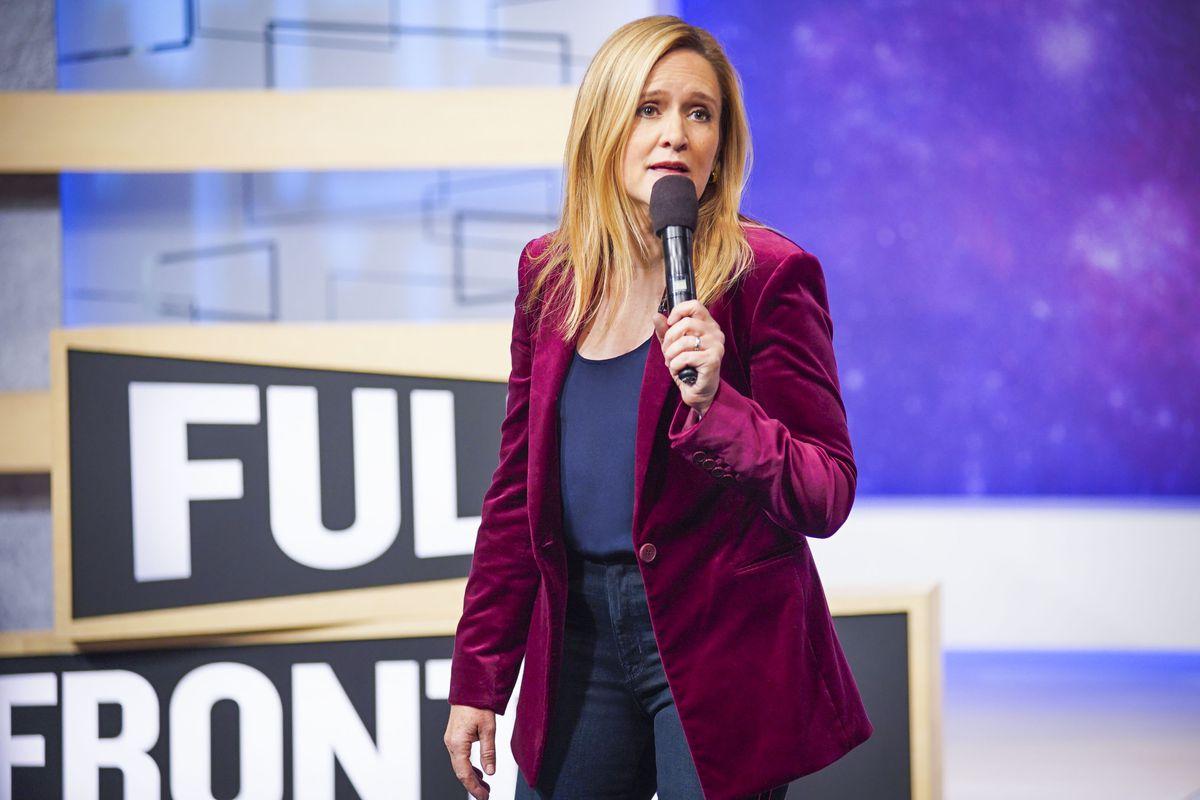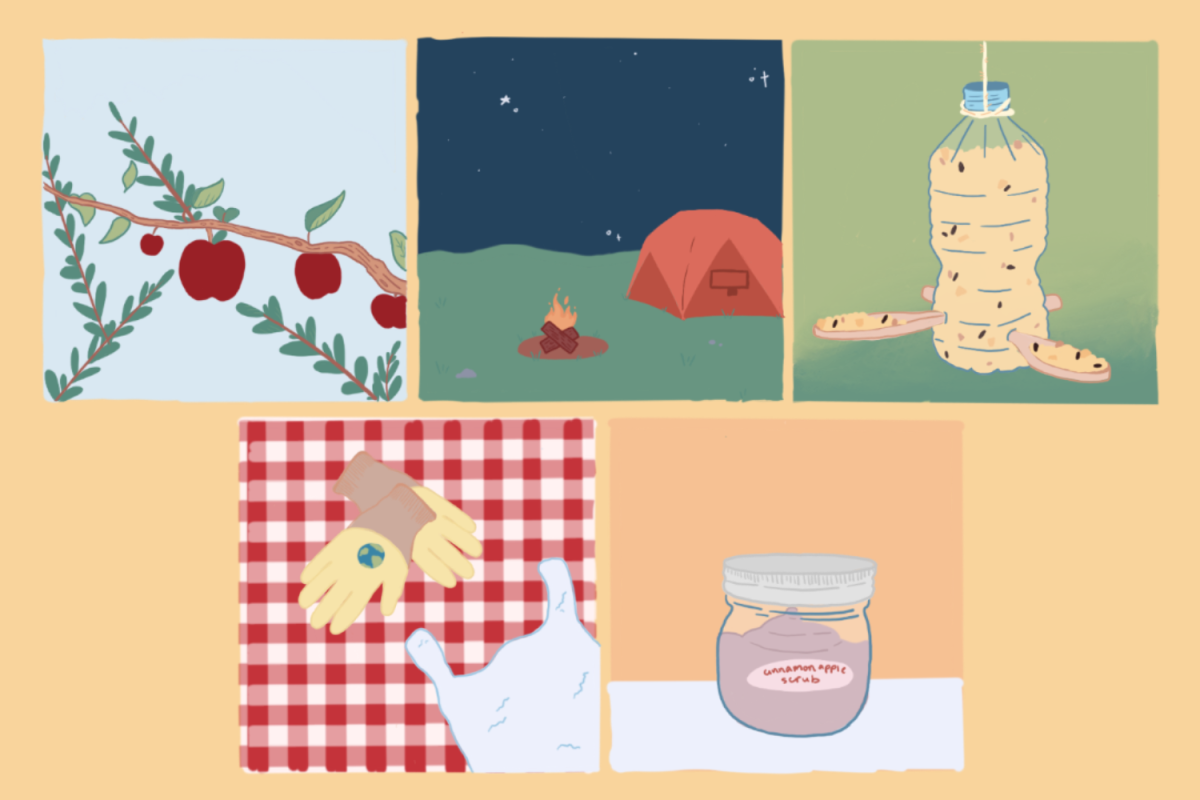By Emily Nash
While grazing a bulletin board filled with flyers about studying abroad, students might pause on a flyer that says “Cuba in Question.”
A study abroad program in Cuba? That probably sounds a little strange considering the conflict between the U.S. and Cuba that dates back to the Cold War. But this year undergraduate students at the University of Texas have the first chance to study in Cuba for a Maymester program, and decades of mistrust and hostility between the two nations don’t concern the students visiting Cuba one bit.
Cuba in Question will give students the opportunity to study Cuban culture and politics in the visual arts. This means that students will take a close look at Cuban art, film, architecture and photography, while learning to recognize how the culture has impacted Cuban politics. UT will be partnering with host institution Casa de las Américas, an influential intellectual hub in Latin America that focuses on the arts and humanities.
Cesar Salgado, professor of Spanish and Portuguese and faculty director, spent time in Cuba from the ‘90s into the 2000s to do research and edit information for the Gale Cengage Encyclopedia of Cuba. Salgado interacted with Cuban colleagues and collaborated with scholars, sparking his interest in creating a study abroad program there. ‘
Because of the embargo with Cuba and legal regulations, Salgado and other UT professors were able to take the first step toward Cuba in Question last summer. “I’ve been involved in study abroad programs in Spanish and Portuguese in Venezuela, Mexico, and Argentina, and I wondered how I could actually put something together to take students to Cuba,” Salgado says.
Salgado says there will be a lot of material to cover in Cuba. Students will particularly focus on how visual arts has had an impact on Cuban history and society. “Focusing on the arts is very productive,” Salgado says. “The arts is the one thing the embargo doesn’t forbid. There is an art industry in Cuba that’s really vibrant.”
Each week students will focus on a different medium, ranging from urban public art to film production. They will also study several periods in Cuban culture, beginning at Cuba’s colonial period and ending at the post-Soviet period. After extensively studying Cuba’s visual culture, Salgado hopes that his students will be able to take a critically informed position on Cuba. “Going to this ‘enemy’ country will allow them to challenge the way they think, and from that they’re either going to transform or reform themselves, but they will have done so responsibly,” Salgado says.
Program coordinator Dan Siefken says that as the political relationship improves between Cuba and the U.S., he hopes students will gain a better understanding of how to facilitate business, political and cultural exchanges in a healthy, respectful and collaborative way. “Cuba is considered an enigmatic country due to the limited political relationship and travel opportunities over the past six decades, so I hope that the students take away a richer awareness of the Cuban reality and an experience that shapes their opinions of a country that lies only 90 miles from our border,” Siefken says.
Adrian Piloto, a third year International Relations and Global Studies major, says he immediately knew he wanted to participate in the program because of his family ties to Cuba and his interest in the country. “I hope to gain a better understanding of my father’s childhood in Havana and in Cuba as a whole,” Piloto says. “I am also ready to get a glimpse of how the Cuban people live on a day to day basis, and how much the government has a say in that as well.”
Salgado and Siefken both agree that Cuba is considered a safe country. Crime rates are low, and there are minimal health concerns. Piloto says that he is not concerned about the communist regime — Cubans are generally happy people, and he is eager to get to Cuba. “I guess you can say that my only fear is that I’ll love [Cuba] too much and purposely miss my plane coming back to the States,” Piloto says.












































